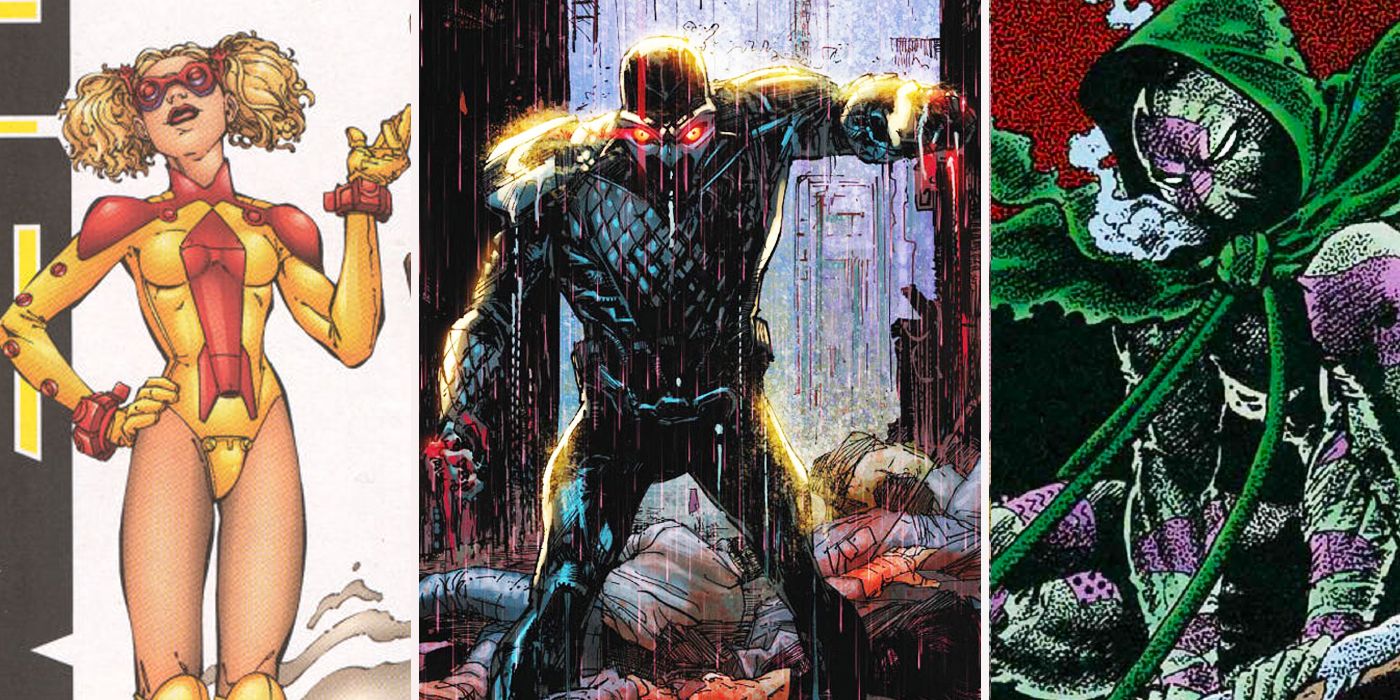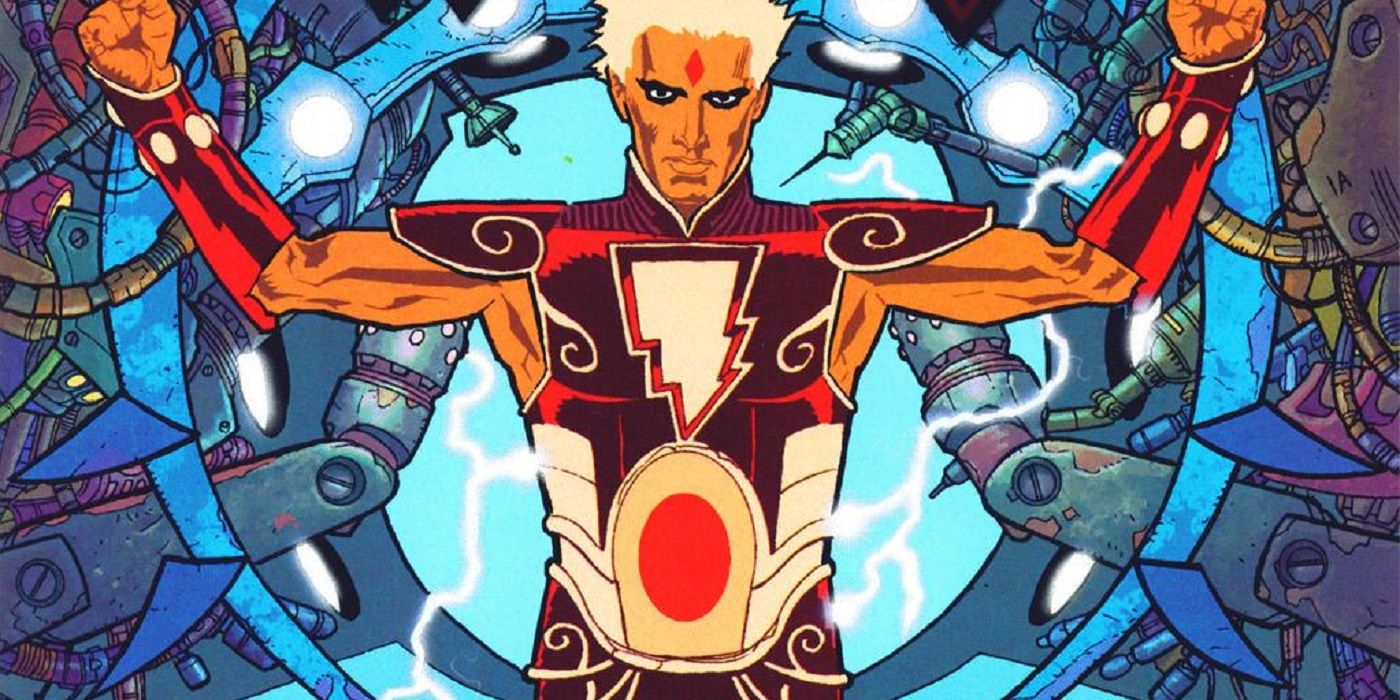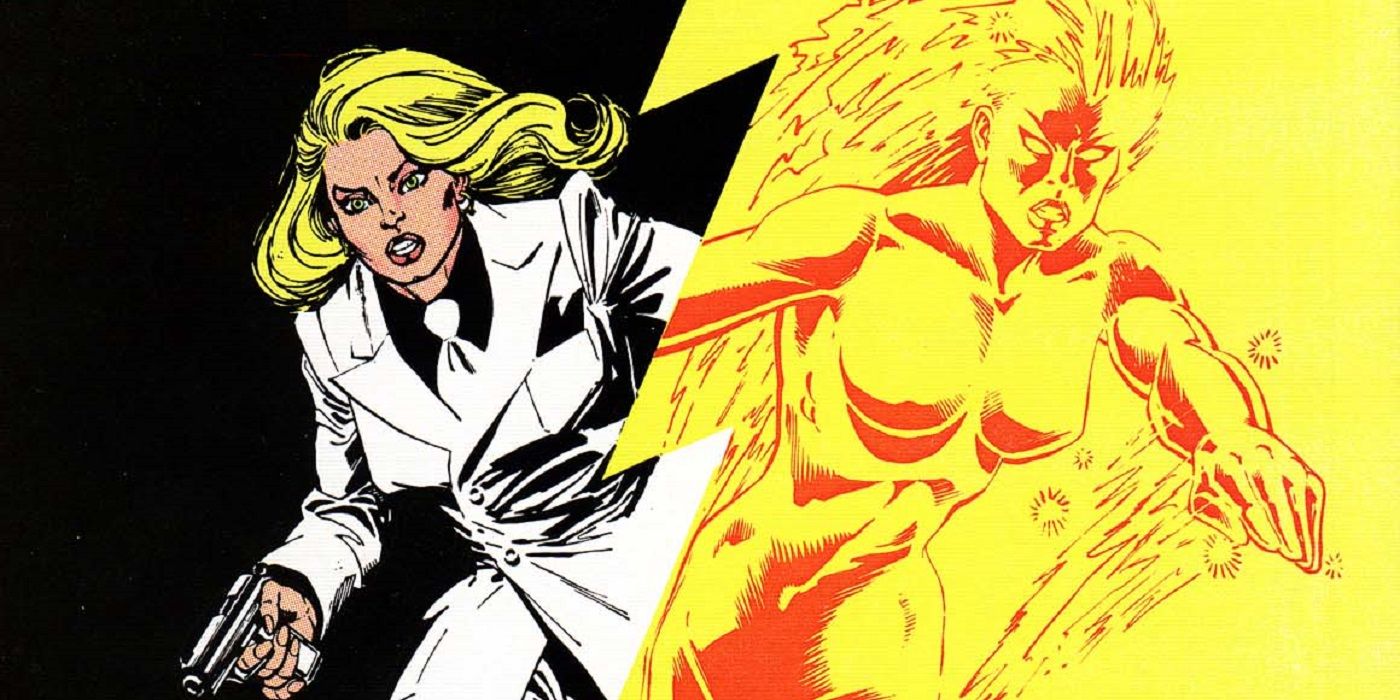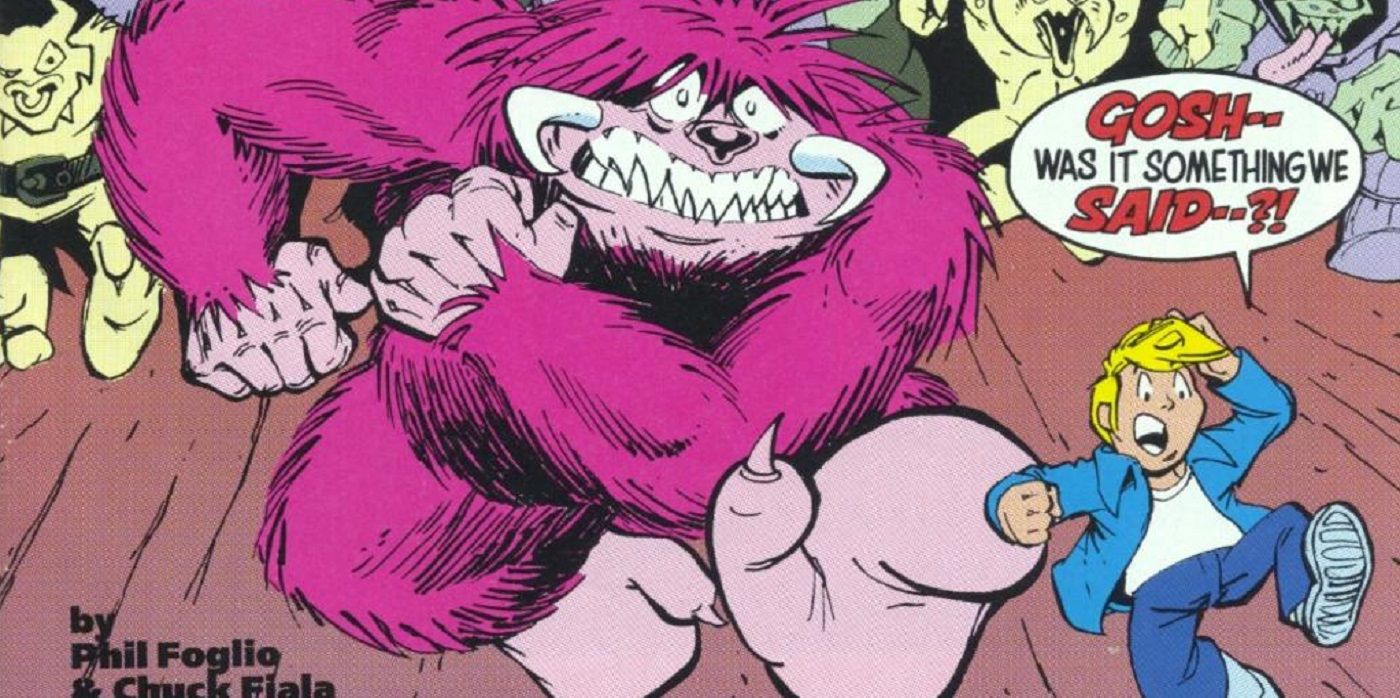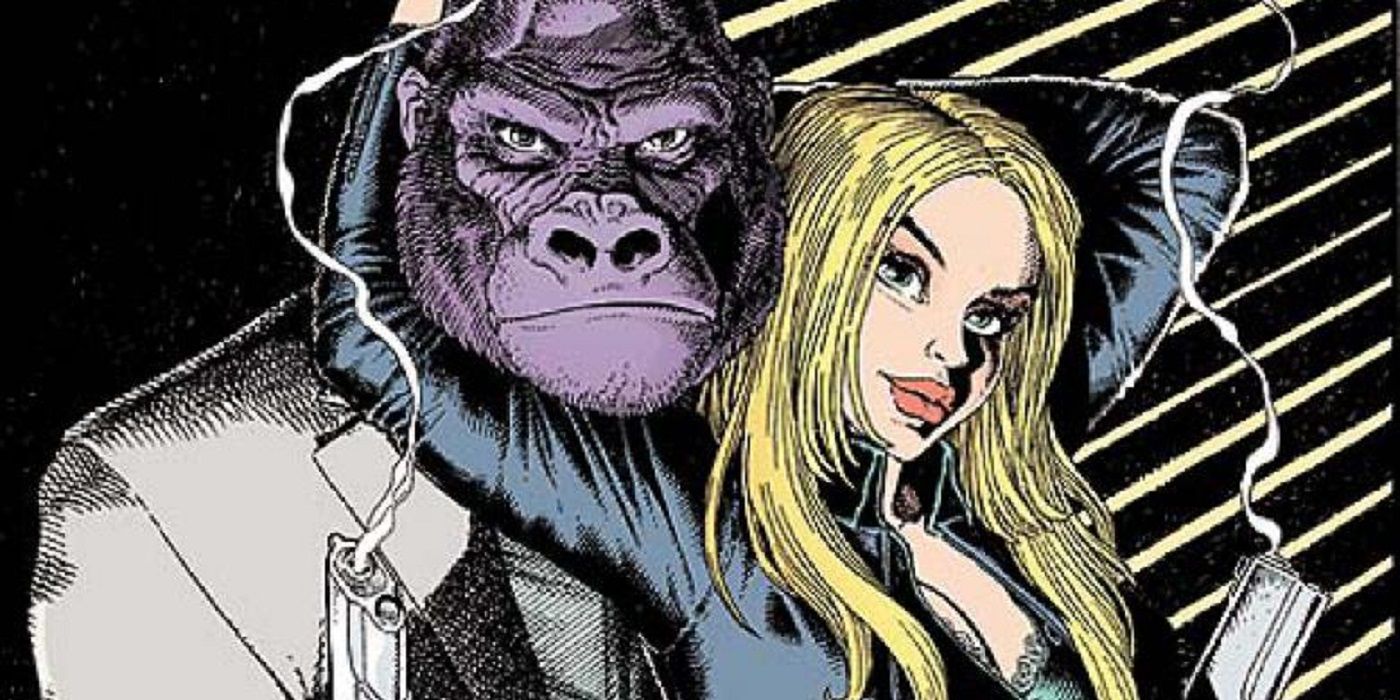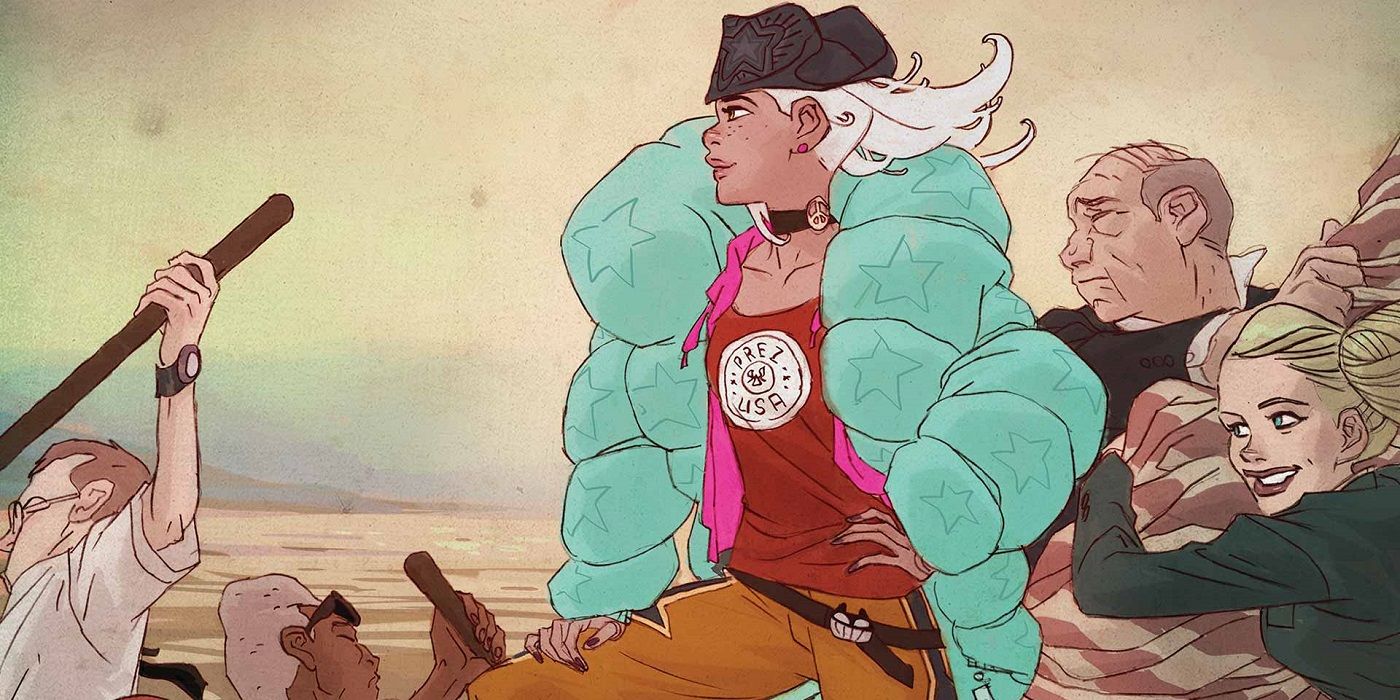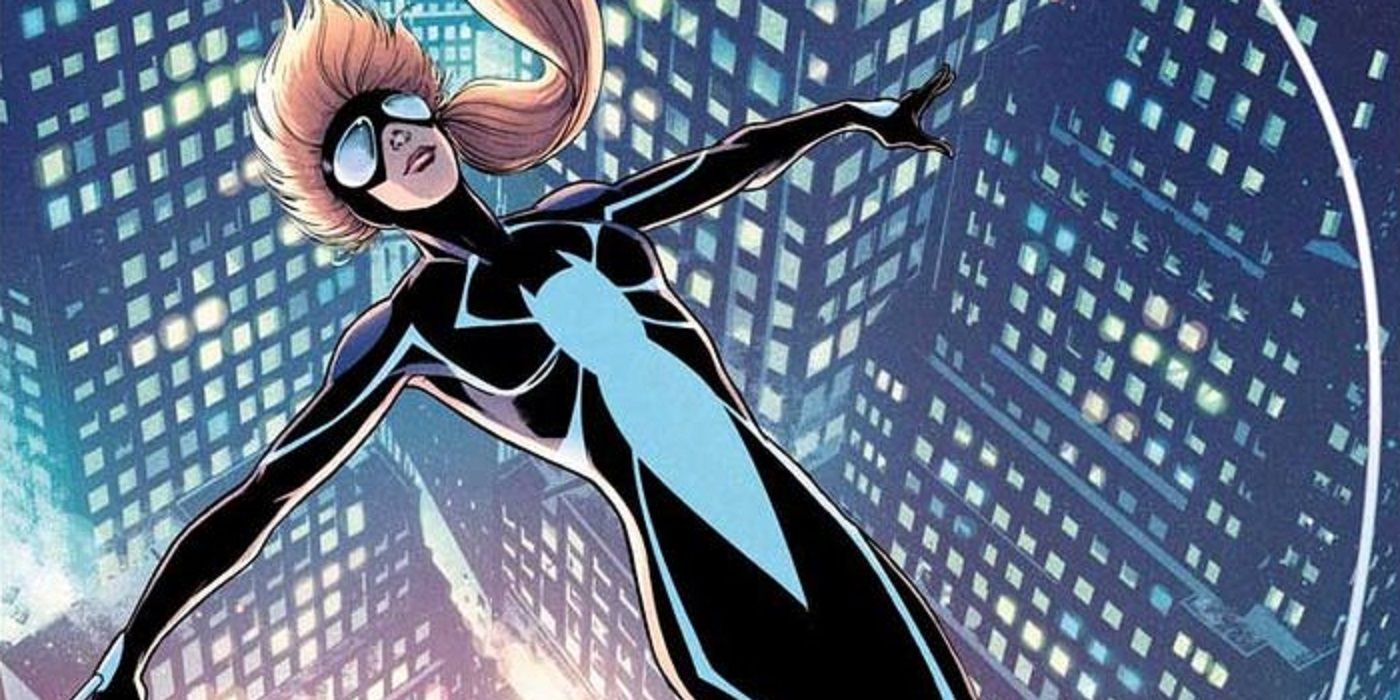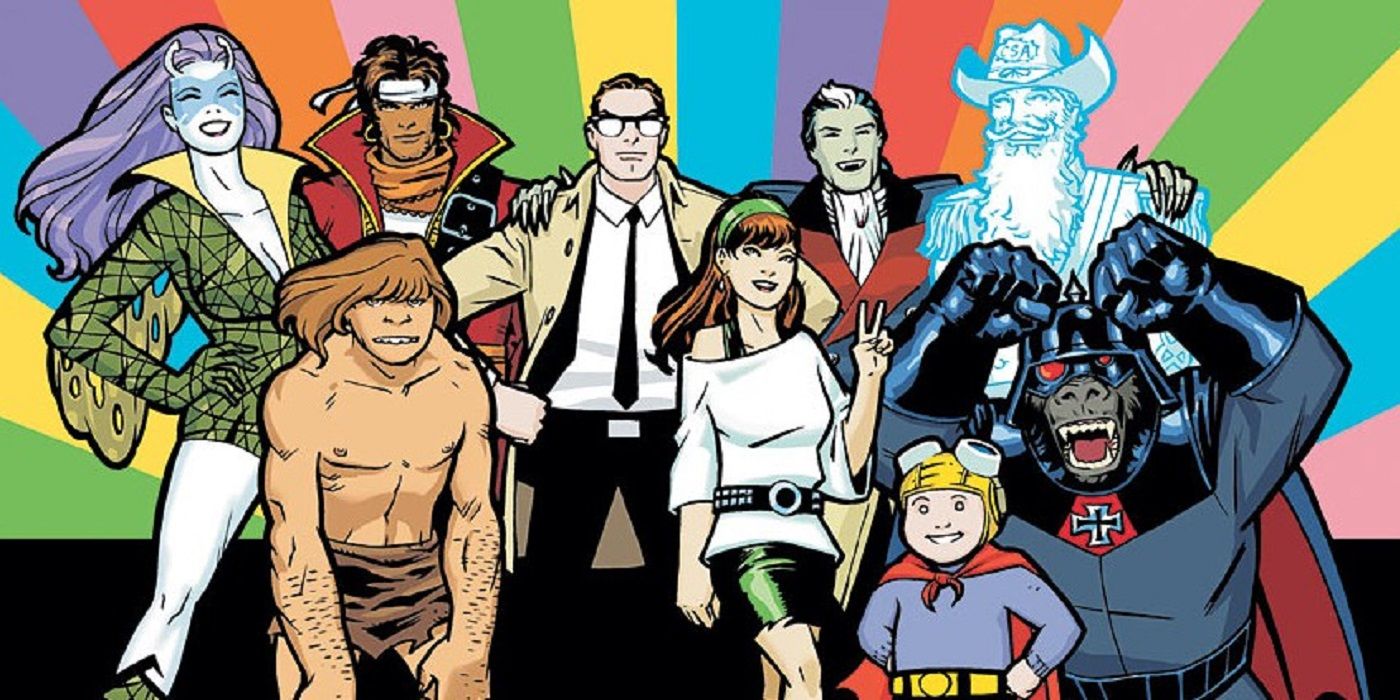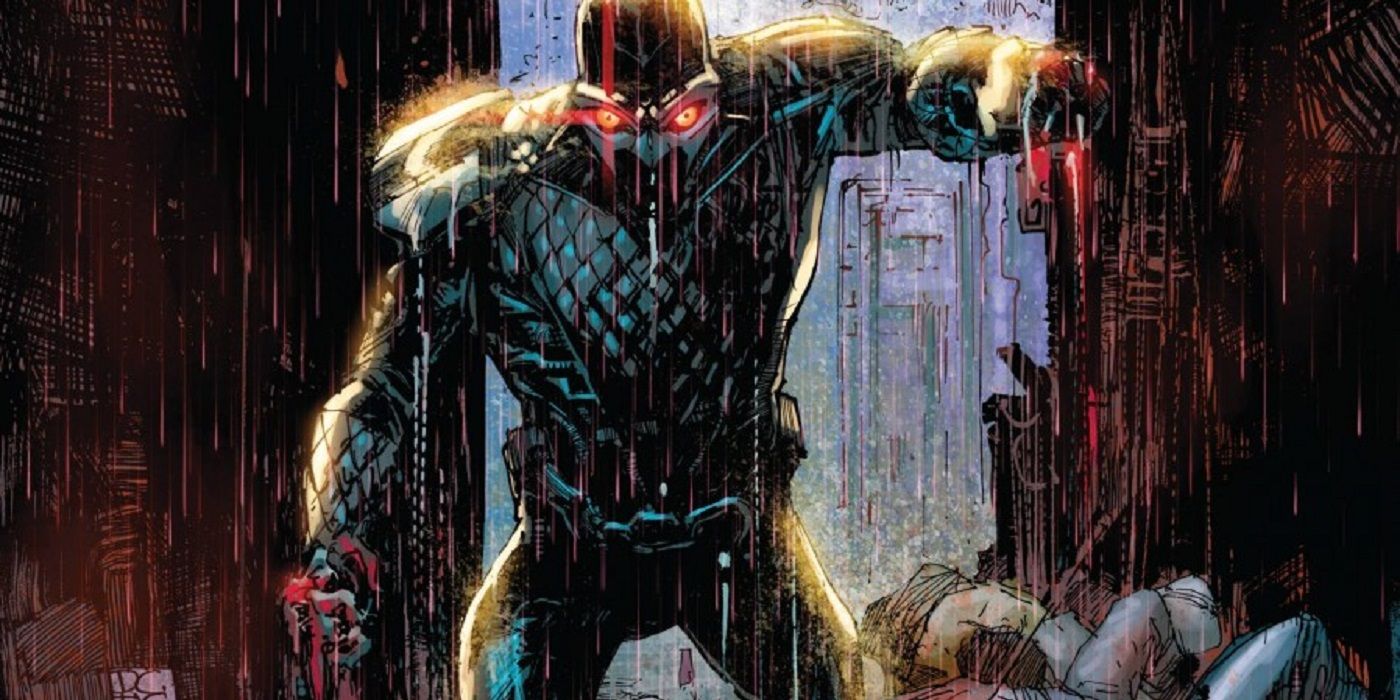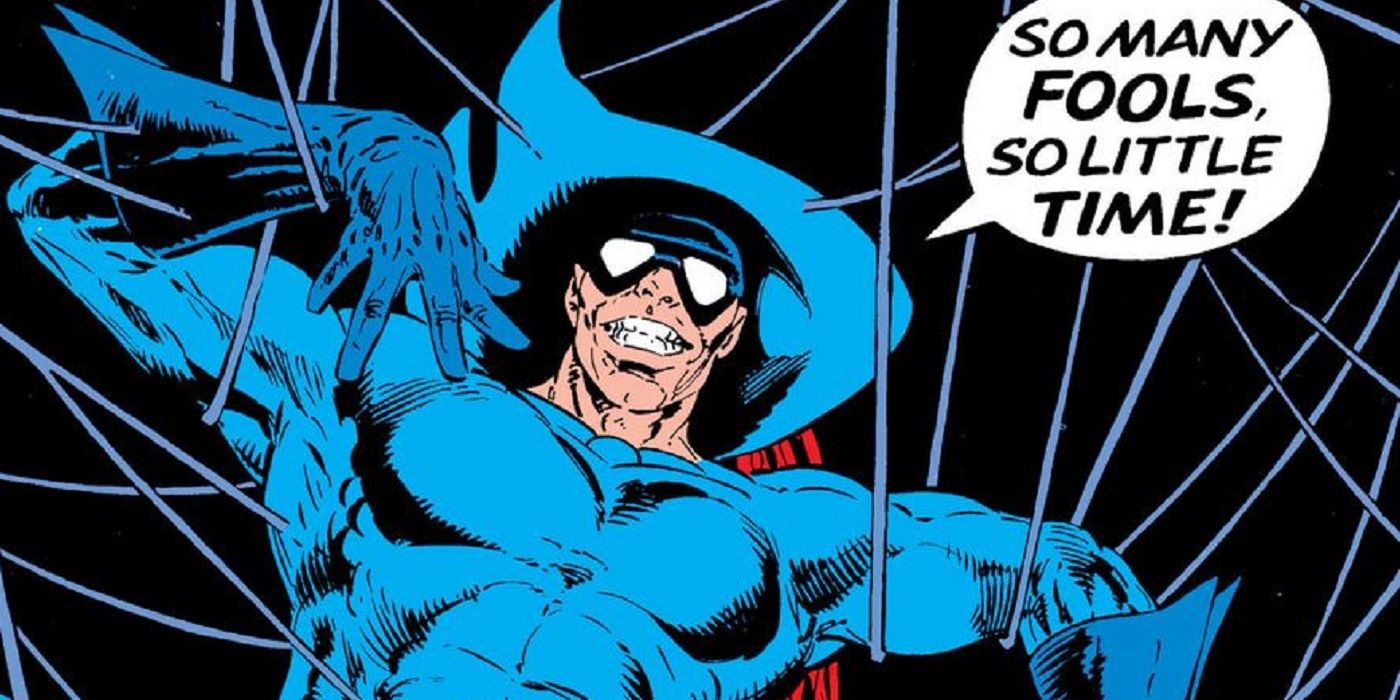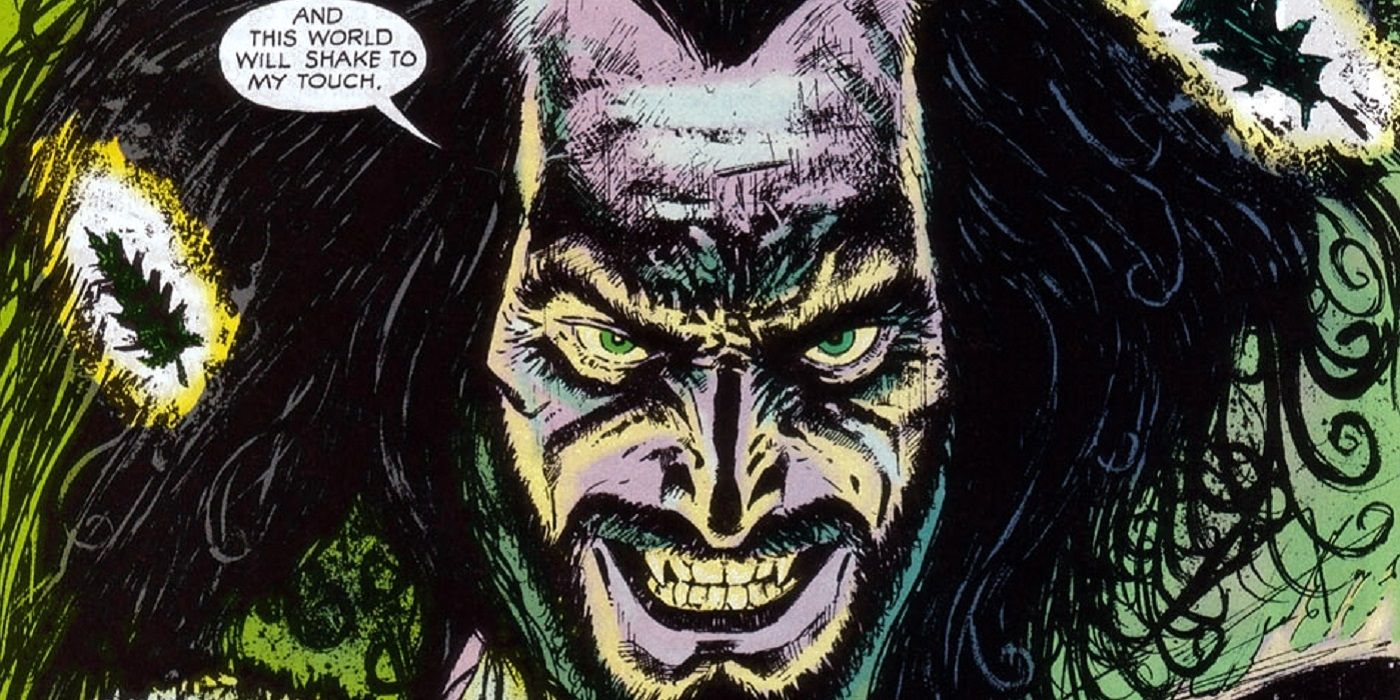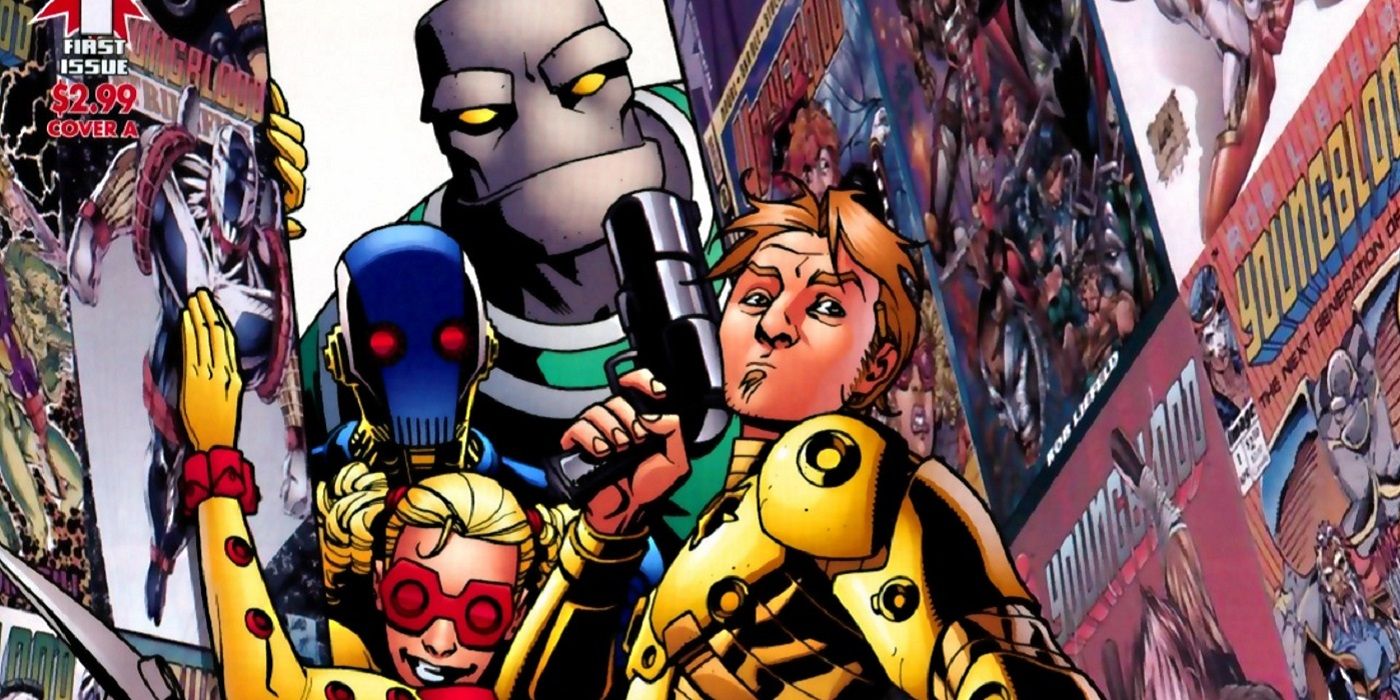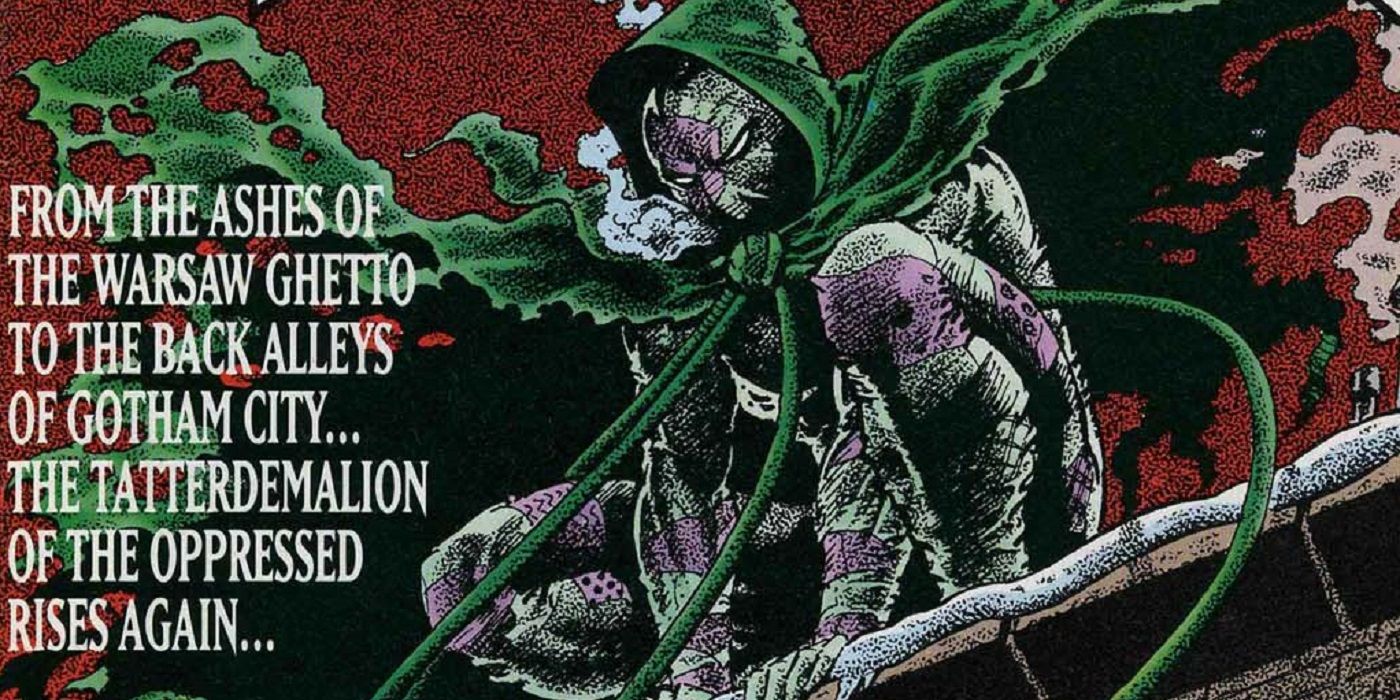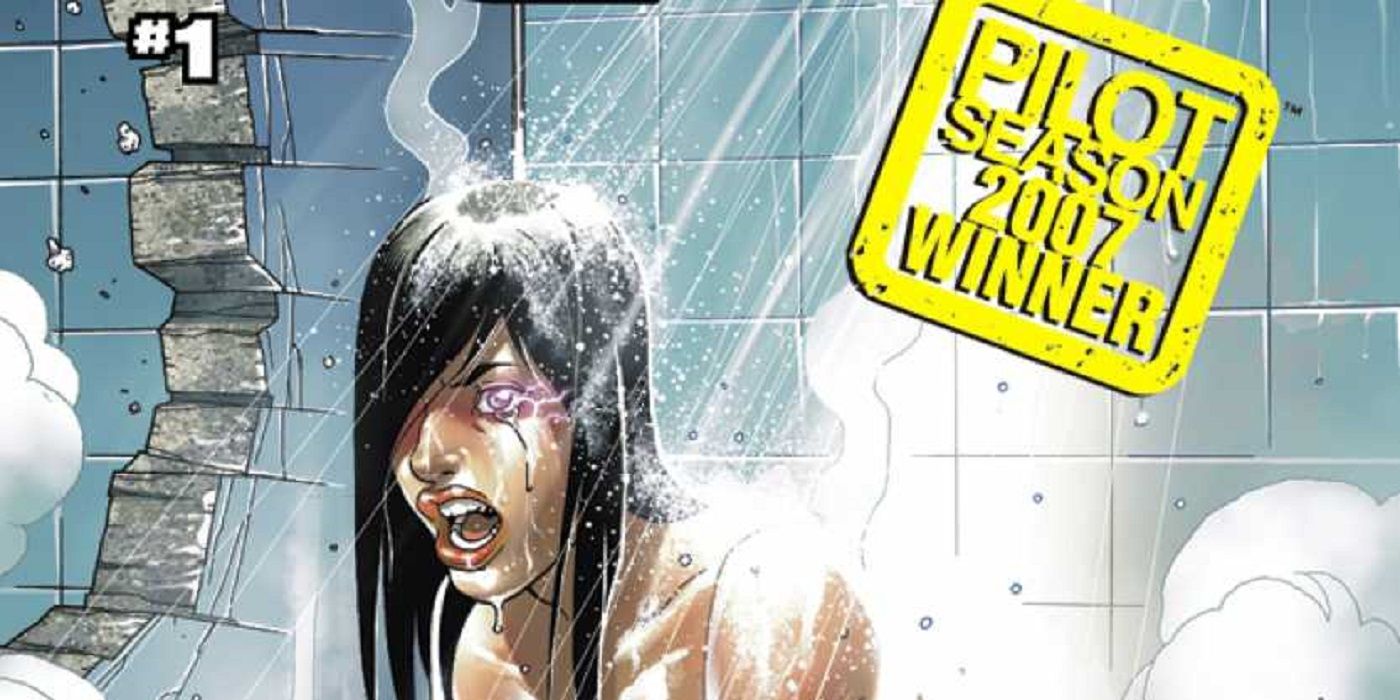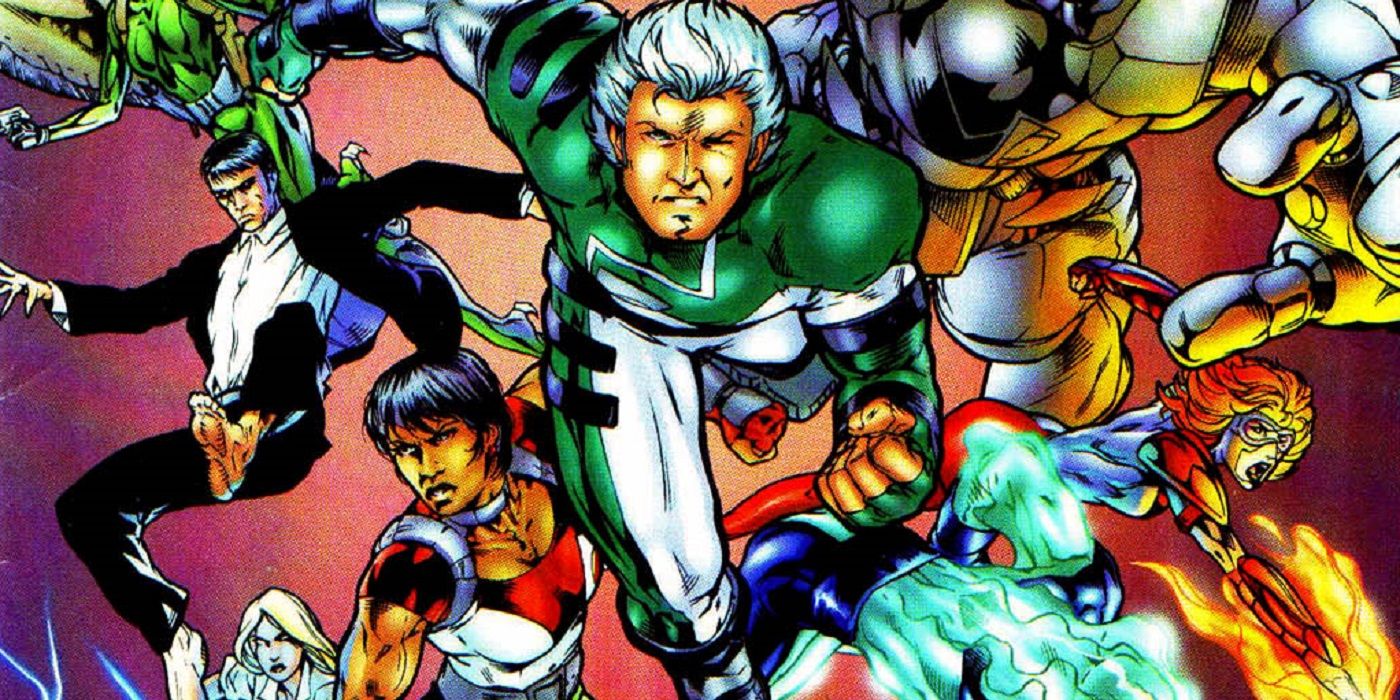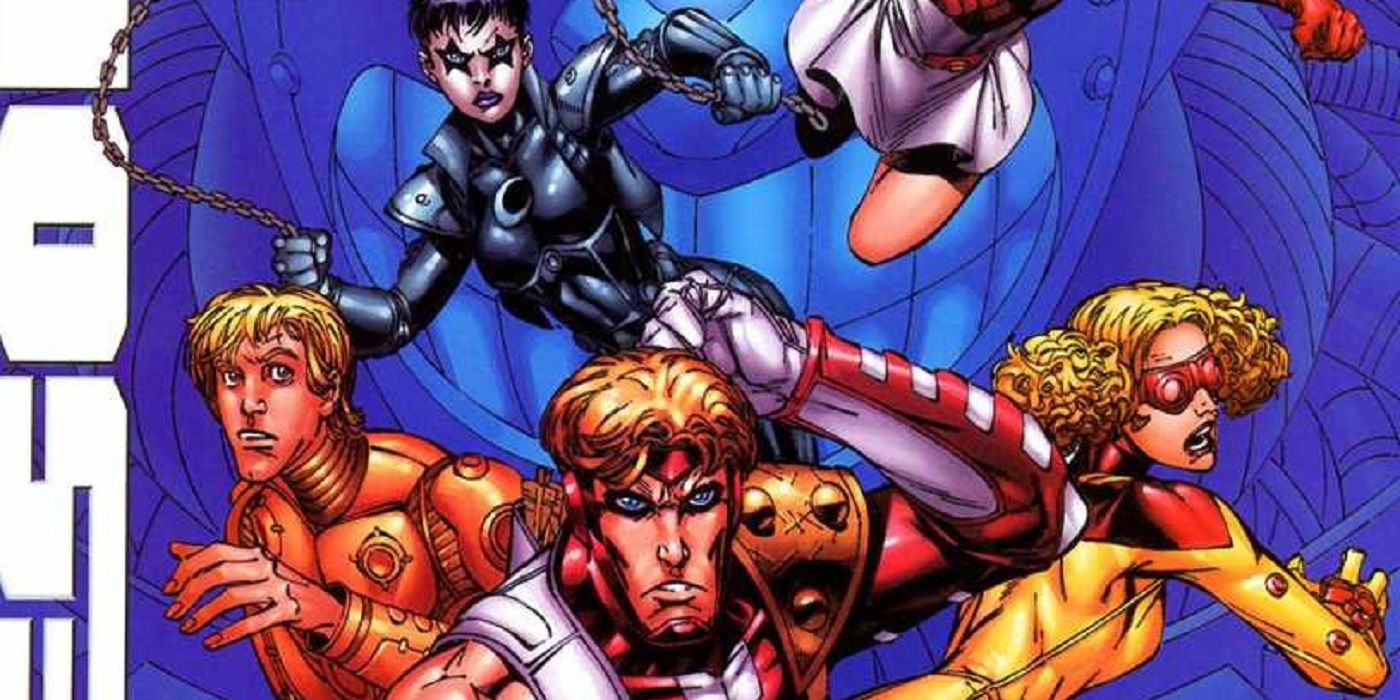Comic books, like pretty much every other form of entertainment in the world, loves to do reboots. This is logical, of course; if an idea was good the first time, there is a good chance it will be good the second time, as well. That's a fine approach, but the one drawback is that rarely will you ever outshine the original. Jim Shooter launched the Valiant Comics Universe with a reboot of Magnus, Robot Fighter that was really good. However, the original Russ Manning Magnus, Robot Fighter was the sort of comic book that people write books about. So, even when a reboot is so good that it launches an entire comic book universe, it is still hard to be better than the original.
RELATED: 15 Comics That Will Destroy Your Childhood
And that's when talking about successful comic book reboots! It's difficult to find successful comic book reboots better than the originals, so it's doubly hard to find failed comic book reboots that still somehow ended up better than the original. We've managed to find 15, though, with the criteria for "failed" meaning an ongoing series that did not last a year or a miniseries that did not have a sequel and/or follow-up. They're ranked by how much better they were than the original (least difference in quality to largest difference in quality).
15 WARLOCK
This is one of the toughest books on the list to gauge, since the original Warlock series by Roy Thomas and Gil Kane, where Him (now named Adam Warlock) gets sent to Counter-Earth as a Messiah-like figure, is a good comic book series. it is not as good as the later Jim Starlin issues of Warlock (but it was still good).
However, for our money, the short-lived Warlock series by Greg Pak and Charlie Adlard was even better. They went back to the original idea for Him -- creating the perfect man. In this new series, set in its own continuity, scientists do so, although they also enlist a young woman who thinks she is there to design a character for a science-fiction film. She becomes the conscience for the new perfect being, but in a twist, she's more involved than she thought.
14 JONNI THUNDER
The original Johnny Thunder stories, where a young man had his own private genie (specifically called a Thunderbolt) that he could summon by saying "Cei-U" (which he thinks is just "Say You"). Johnny was a sweet guy, so instead of using his genie (dubbed Yz) for his own personal gain, he became a superhero and served with the Justice Society of America. The original John Wentworth and Stan Aschmeier Johnny stories were fine, but we think the 1980s reboot by Roy Thomas and Dick Giordano was even better.
Jonni Thunder is now a hard-nosed private detective that discovers that a mysterious amulet has given her the ability to turn herself into a living lightning creature. Thomas and Giordano managed to do a well-done comic detective series, which is no small feat.
13 STANLEY AND HIS MONSTER
The original Stanley and His Monster series was first a back-up series in the funny animal humor series, The Fox and the Crow, before graduating to its own short-lived series. Created by DC Comics legends Arnold Drake and Win Mortimer, the concept was a simple but great one. Stanley was a young boy who discovered a monster, but the monster was more scared of Stanley than he of it. They became best friends and hilarity ensued.
Decades later, Phil Foglio was on a string of great, offbeat projects for DC Comics and one of them was an update on Stanley and His Monster. Foglio's new take was that the monster was kicked out of hell for being too nice. The miniseries was also a brilliant parody of DC's popular darker titles like Hellblazer and Sandman (this was before they were specifically called Vertigo).
12 ANGEL AND THE APE
The first Angel and the Ape series was by E. Nelson Bridwell, Bob Oksner and Wallace Wood. It was about a ditzy blonde detective named Angel O'Day and her partner, Sam Simeon, who was a talking gorilla who also drew comic strips on the side. It was a fun series, to be sure, but it wasn't much different from Bridwell's other DC humor series, the Inferior Five.
The aforementioned Phil Foglio did a strong reboot in the early 1990s, making Sam a comic book artist now, but otherwise holding true to the original spirit of the series. We think the slightly stronger reboot, though, was a later Vertigo version by Howard Chaykin, David Tischman and artist Philip Bond, with Angel O'Day now no longer a ditzy blonde.
11 PREZ
In the early 1970s, famous comic book creator, Joe Simon (co-creator of Captain America!), was in the midst of a fascinating period where he would launch the strangest comic books for DC Comics. Just off the wall ideas that would often fail quickly. One of them was Prez, with artist Jerry Grandenetti, about the first teenage president of the United States. It was campy as all heck and was a fun series, but it didn't seem like Simon was putting a ton of thought into it.
Years later, Mark Russell and Ben Caldwell did a more complex (and hilarious) look into a new take on the character, where a girl becomes a viral sensation after a mishap at her fast food job and she happens to capture the national attention just in time to somehow end up becoming President of the United States. Russell's satire is sharp as a tack.
10 SPIDER-GIRL (ANYA)
Launched as a tie-in, of sorts, to the whole "Spider-Man's powers are part of the Spider Totems" angle of J. Michael Straczynski's Amazing Spider-Man run, Anya Corazan was thrown to the wolves a bit when she was used to first launch a new version of Amazing Fantasy and then quickly given her own series, Araña: The Heart of the Spider. Araña had a powerful exoskeleton she gained as part of the eternal war between The Spider Society and the Sisterhood of the Wasp.
Once that series failed, the character was revamped following the Grim Hunt storyline in Amazing Spider-Man where she lost her exoskeleton and her powers but gained a new identity as Spider-Girl (using Julia Carpenter's old Spider-Woman costume). Paul Tobin wrote an awesomely entertaining Spider-Girl series, but it sadly didn't last long. She eventually gained new spider-powers during Spider-Island (unlike everyone else, she kept hers).
9 DOCTOR 13: ARCHITECTURE AND MORALITY
Doctor Thirteen was introduced in 1951, which was a time when each DC Comics feature could be in their own little universe and not have to interact. Doctor Thirteen was a "ghost-breaker," which means that he proved alleged supernatural occurrences were nothing of the sort. The problem, of course, is that when you then merge Thirteen into the main DC Universe, a skeptic in a world with the Spectre in it is a bit silly.
Brian Azzarello and Cliff Chiang then embraced that inherent silliness with their short-lived Tales of the Unexpected Doctor Thirteen feature where Thirteen and his daughter, Traci, help collect the other characters from DC Comics' past that have no place in the modern universe, who are relics of the past like them. It's a sharp meta-commentary on how comic book universes evolve.
8 NIGHTHAWK
In 2005, J. Michael Straczynski revamped the Squadron Supreme in a new series called Supreme Power. The idea was to create "realistic" versions of superheroes, a sort of "what if superheroes really existed on Earth?" type of situation. His take on Nighthawk was turning him into an African-American from Chicago who was far more brutal than the original Nighthawk.
Years later, after Secret Wars, James Robinson created a new Squadron Supreme made up of heroes from various since-destroyed Earths, all now stranded on the main Marvel Earth. The Nighthawk was the Supreme Power version. David Walker then launched a new series starring this Nighthawk, working with reformed villain, Tilda Johnson, and they tackled corruption and other complex social issues. Nighthawk's brutal methods remained, but tempered against the modern social climate. It sadly only lasted a single arc.
7 FOOLKILLER
The original Foolkiller was introduced by Steve Gerber in the pages of his Man-Thing series, a serial killer who believed he was tasked by God to rid the world of fools. He inspired a second Foolkiller in the pages of Gerber's Defenders run, with the original Foolkiller insisting that he be freed to help hunt down the copycat.
Years later, when Gerber returned to Marvel in the early 1990s, he introduced a third Foolkiller with artist JJ Birch. Set in the early 1990s financial recession, Gerber's Foolkiller is a man whose life was ruined by society so he decides to strike back. It is a very early version of the type of "ripped from the headlines" storytelling that became very popular later in the decade. It only lasted 10 issues.
6 DRUID
The aforementioned Foolkiller series was particularly reminiscent of the work of the great Warren Ellis, who came to Marvel in the early 1990s to take over the Vertigo-inspired Hellstorm: Prince of Lies, which saw the "Son of Satan" actually live up to his name. Working with artist Leonardo Manco, Hellstorm was Ellis' first mainstream ongoing series.
When it ended, he and Manco then revamped the Avenger, Doctor Druid, who was best known at this point as being one of the worst Avengers ever (he helped break the team up during his short tenure). They gave him new powers and made him actually act like a true Druid, which was obviously a huge change of pace for the spandex-clad hero. The new approach didn't catch on, so Ellis and Manco just had Hellstorm kill Druid four issues into the series.
5 YOUNGBLOOD
Rob Liefeld's Youngblood took the world by storm when it launched in 1992. However, while the idea of a government superhero strikeforce where the heroes were all celebrities due to their fame was a novel one, the original series had some scripting issues. Liefeld acknowledged this when he actually went back and had the great Joe Casey re-script the original issues for a re-mastered edition of the book in 2008.
At the same time, Casey launched a new Youngblood series with artist Derec Donovan that had the heroes starring on a reality TV series about forming a superhero team. Casey had some sharp social commentary in the series, which didn't make it to 2009 (It did at least have Barack Obama show up after the 2008 Election!).
4 RAGMAN
In the original short-lived Ragman series in 1976 by DC Comics war comics icons, Robert Kanigher and Joe Kubert (who probably produced 300 plus war comics together over the years), Rory Reagan was a Vietnam vet of Irish ancestry who gained superpowers and wore a costume made out of rags created by his father for him to wear to a costume party to avenge his father's murder.
Years later, Keith Giffen and Robert Loren Fleming revamped the character to make him Jewish and now, the rags that made up the costume had the actual powers. They were powered by the souls of evil men that they had absorbed. It was a much stronger concept, and while the Giffen/Fleming series didn't last a year, their take on Ragman has lived on.
3 CYBLADE
When she was introduced in the pages of Cyberforce, Cyblade was pretty much just Psylocke with a different name and costume. Marc Silvestri had originated the Cyberforce concept as an X-Men spinoff and the characters still resembled the X-Men that the were originally going to be, none more obvious than Cyblade (who had a psychic knife, for crying out loud).
In the 2007 Pilot Season contest, writer Joshua Hal Fialkov and artist Rick Mays did a one-shot showing Cyblade's origins as a secret agent and showing the trauma that sometimes comes from being such an agent. It won the contest and they launched an ongoing series in 2008 that further explained the psychological trauma that her job brings to her life. It was cerebral and action-packed but was quickly downgraded to just a miniseries.
2 STORMWATCH VOLUME 2
You could argue that the relaunched Stormwatch by Warren Ellis and Oscar Jimenez should count as a continuation of Ellis' original run on Stormwatch (which he wrote from #37-50 before relaunching the book). We think, however, that the whole point of the relaunch was that this take on Stormwatch was a dramatic departure from his original run. Ellis intended this new series to be a more straightforward superhero take on the concept, as he had come on board Stormwatch and made the book very dark (both Ellis versions were better than the original Stormwatch series, which was a rather generic take on a superhero team).
However, when Ellis introduced Midnighter and Apollo, he soon grew bored with this version of the book and had most of the cast killed off and relaunched the series after Stormwatch #11 with just the black ops team members of Stormwatch as The Authority.
1 YOUNGBLOOD
One of the great lost superheroes series was Alan Moore and Steve Skroce's Youngblood. Alan Moore had already been hired by Rob Liefeld to revamp Liefeld's Superman riff, Supreme, which Moore did by leaning into the turn and making Supreme an explicit Superman analogue, which allowed Moore to write inspired modern versions of Silver Age Superman stories.
Liefeld then tasked Moore with similarly revamping Youngblood, which Moore did by re-inventing the cast with new characters inspired by his Supreme run (including the Supergirl riff, Suprema). It was a fun and inventive series with great new characters, but only three issues were produced before the plug was pulled on the book. Sadly, the same thing happened to Moore's Supreme run as well, so two modern classics by Moore did not get proper endings. Joe Casey'a aforementioned Youngblood run used a number of Moore's characters.
Is there another failed comic book reboot that you think outshined the original? Let us know in the comments section!

